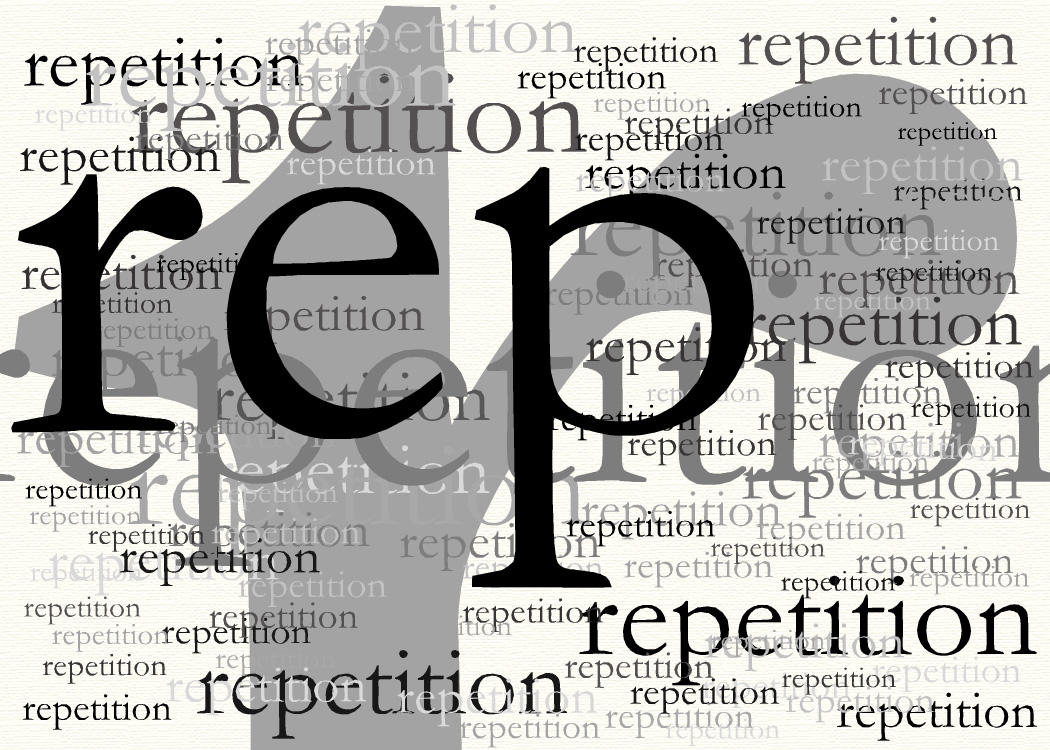--Aristotle
Creating a persuader's toolbox is one way of addressing a variety of leadership styles, settings, and topics. Doing so reminds me of my dad's toolboxes filled with hammers, pliers, screwdrivers, wrenches, and tape measures.
A tool that's often overlooked is a question. Whether it's a formal presentation or conversation, what will make the listener want to agree with you? And in your situation, what's the best way to make that happen?
In addition to a legitimate proposition and asking the right questions, what else should be in the persuader's toolbox?
o A persuasive theory
A persuasive theory seeks a favorable response from the audience. It begins with "why."
Carefully chosen language becomes a motivating argument that causes others to want to decide in favor of (fill in the blank). The theory, or reason to believe you, should be communicated succinctly in a few sentences. Offering too much information is likely to overwhelm an audience.
Think about how preparation in the early stages might improve the chances for success. The presenter's job, not the audience, is to sort through information in advance.
Creating a persuader's toolbox is one way of addressing a variety of leadership styles, settings, and topics. Doing so reminds me of my dad's toolboxes filled with hammers, pliers, screwdrivers, wrenches, and tape measures.
In addition to a legitimate proposition and asking the right questions, what else should be in the persuader's toolbox?
o A persuasive theory
A persuasive theory seeks a favorable response from the audience. It begins with "why."
Carefully chosen language becomes a motivating argument that causes others to want to decide in favor of (fill in the blank). The theory, or reason to believe you, should be communicated succinctly in a few sentences. Offering too much information is likely to overwhelm an audience.
 |
| (C) Oxford Dictionary |
As Robert Louis Stevenson once said, "All speech is a dead language until it finds a willing hearer."
o Stories and themes
We were asked to arrange a mock jury. The law firm and jury consultant put the package together. After that, recruiting participants was up to us. That engagement prompted a closer examination of how lawyers try to persuade juries.
What did we learn?
Experienced courtroom practitioners attempt to know their juries (or judges) while rolling out what they hope is a persuasive theory of the case (See United States Government v. Microsoft Corp., 2001)
 |
| (C) Microsoft |
Employees, customers, voters, and even congregational members, are juries of their own making and require context by which to make decisions.
In his autobiography, prominent litigation attorney David Boies writes: "There is much to be said for staying on message, but when you seek to persuade, you must address the concerns of the people you are trying to convince."
| (C) Coca-Cola |
"Stories are about the growth of character. They provide the mythic and emotional skeleton. Themes are the development of ideas and conceptual coherence," says Tristine Rainer. Powerful themes are those that resonate with ordinary human beings. A good theme acts like glue, enabling a few details to stick.
o Rule of 3
In Forbes Magazine, Carmine Gallo makes a strong case for staying close to the "Rule of 3" when presenting ideas. Gallo begins by quoting the U.S. Declaration of Independence, which celebrates three inalienable rights:
-Life
-Liberty
-And the pursuit of happiness
 |
| Public Domain |
Gallo says Apple co-founder, Steve Jobs, loved threes. Macintosh, iPod, and iPhone. The iPad came in three models: 16, 32, and 64 GB of flash storage. The iPad was "thinner, lighter, and faster than the original."
Maybe that's why preachers are trained to prepare three-point sermons.
The longer the list, the more challenging the recall.
You get the idea.
o Five persuasive words
Gregory Ciotti is a gifted copywriter. I came across his "copy blogger" website and found his wordsmithing approach to persuasion intriguing.
Here are his five persuasive words:
1. You
Using someone's name is even better.
2. Free
But used only when it makes sense and only in the proper context.
3. Because
People simply like to have a reason for doing what they do (Dr. Cialdini).
4. Instantly
We wanted things yesterday. This idea is showing up everywhere.
5. New
New fixes to old problems. New features and improvements. New designs.
o The 3-6-9 principle
Something worth considering is the 3-6-9 principle from Robert Dilenschneider. Mr. Dilenschneider is a professional acquaintance who, fifteen years ago, conducted a seminar for a board retreat that featured this multiplication formula:
3x: Number of times it takes to make an impression.
6x: Number of times it takes to be reached.
9x: Number of times it takes to be believed.
 |
| (C) dreamsOin1digital |
o Who you are
Content and context are vital to persuading--including the right platforms. But nothing is as important as your own character.
A lot of what it takes to get and hold someone's attention, to be persuasive, rests with the individual doing the persuading. So Aristotle reminded us of a robust causal relationship between character and convincing others.
The toolbox may help, but successful persuasion is up to you.
Strategist.com
(C) Bredholt & Co.